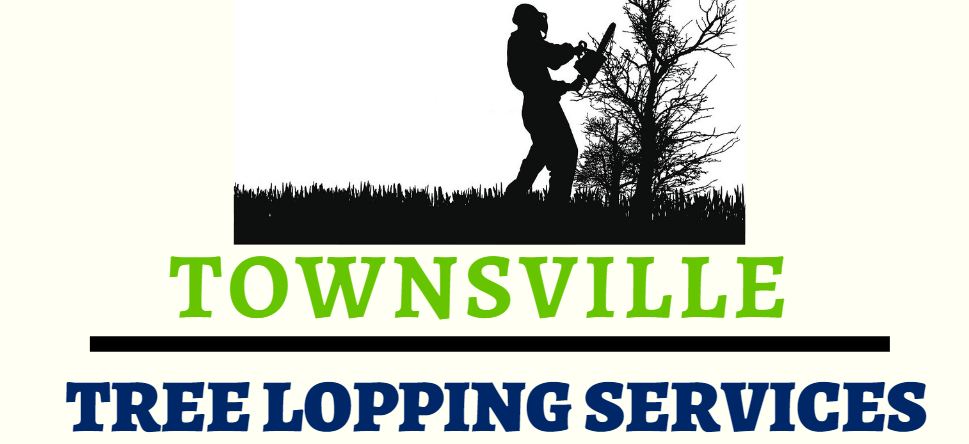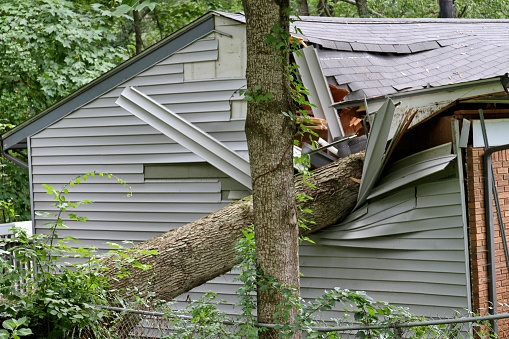Written by Lucy and published on https://www.residencestyle.com/
Hazardous trees in the yard could break off during strong winds from a hurricane, thunderstorm, tornado or snowstorm. The worst thing that might happen is a whole tree toppling onto a vehicle, roof, or people under it.
Tree damage may result in sudden tree fall accidents, which poses a safety risk to families and the entire neighborhood. Dangerous trees can be a source of a local power outage, so they must be checked and cut down promptly. So how do you assess that a tree is dangerous?
In this post, you’ll learn the signs of a dangerous backyard tree.
Table of Contents
Signs You May Have A Dangerous Tree In Your Yard
While trees provide good shade and fresh air in your property’s outdoor space, it is important to note that some trees may jeopardize the safety of your family. According to the Tree Care Industry Association, about 580 people died because of tree trimming accidents from 2009 to 2015. That’s why if you notice signs of a dangerous tree, it would be best to immediately seek professional tree removal services like Louisville arborists for tree removal, rather than attempting to cut down the tree by yourself.
But, how do you know if a tree is dangerous or not? In this post, you’ll learn the signs of a dangerous tree in your yard.
Leaning Tree Trunk
Unless it did naturally grow tilted, watch out if the tree in your yard is leaning over 15 degrees as this could be potentially dangerous. It can be brought about by root damage or strong wind. Harsh weather conditions, like thunderstorms, hail storms, and strong winds, can easily knock a leaning tree. And, even on a fair day, a leaning tree with health issues may just fall, causing damage to properties or, worse, might hurt somebody.
Never attempt to remove a leaning tree from your yard if you don’t have knowledge and experience on removing a tree the proper way. Doing so will put yourself, other people, and your property at risk of more damages from a fallen tree. Instead, seek professional tree services at www.arlingtontreeservices.com.
Rotten Roots
It’s hard to spot root rot. However, one thing you can check is the growth of mushrooms around the base of the trees. Fungi or mushrooms growing on their trunk is a clue that they’re rotting inside. It’s important to consult an arborist or tree expert to assess the overall health of your yard trees before taking any actions. This will help you determine the best tree service you’ll need.
Numerous Deep Tree Trunk Cracks

While trees may develop seasonal surface cracks in their trunks, having too many deep cracks can be a problem. The tree trunk’s condition is a good indicator of health. That’s why you have to check a tree for deeper cracks, cavities, and splits that develop over time, which are possible signs of more severe problems, including rot, unstable soil, or damage that casues trunk weakness.
A tree expert can assess any trunk indentation that is deeper than the bark. It’s an indicator of poor structural integrity, as well as the possible habitat of fungi and bacteria, which can have negative impacts on the tree, eating away at the wood and hollowing the tree out.
Falling And Dead Branches
A tree that’s starting dropping bits or entire branches is a sign that something is wrong. It’s an attempt of the tree to make itself smaller because of unhealthy conditions or reduced nutrient consumption. More so, trees with dead branches are dangerous because they may crash down suddenly even on a calm day.
Thinning Leaves
Drying, thinning leaves or losing leaves (outside-in pattern) can be a sign of a tree health problem. Also, spots and strange coloring on leaves are telltale signs of a more serious issue. These signs can be caused by a number of reasons, including pest infestations, tree diseases, and soil problems. If you start seeing any of these signs, you can still save the tree by getting a professional opinion prior to cutting the tree.
Tree Close To Man-Made Structures
Homeowners usually decide to remove even a healthy tree because it is too close to man-made structures. Trimming or pruning can help reduce the size of the tree, however it’s also crucial to determine if the tree can be a potential future problem that should be addressed today, before an unfortunate incident could even take place.
Here are some instances that a healthy tree becomes dangerous:
- It may be that the tree has grown so tall that it already touches overhead power lines, which can be a potential fire hazard.
- The tree’s root system has started damaging or growing into service lines.
- The tree’s root system is digging your house’s foundation.
- The tree takes up so much space in your yard, and you want to create a bigger outdoor living space.
Conclusion
The signs of a dangerous tree in your yard include dead branches, thinning leaves, and too many deep cracks on the trunk. Also, rotten roots and trees leaning more than 15 degrees are telltale signs that there’s something wrong with the tree. A tree that seems to be healthy but is restricting or causing damage to man-made structures might need pruning or complete removal for safety purposes.
Original post here https://www.residencestyle.com/signs-you-may-have-a-dangerous-tree-in-your-yard/.

